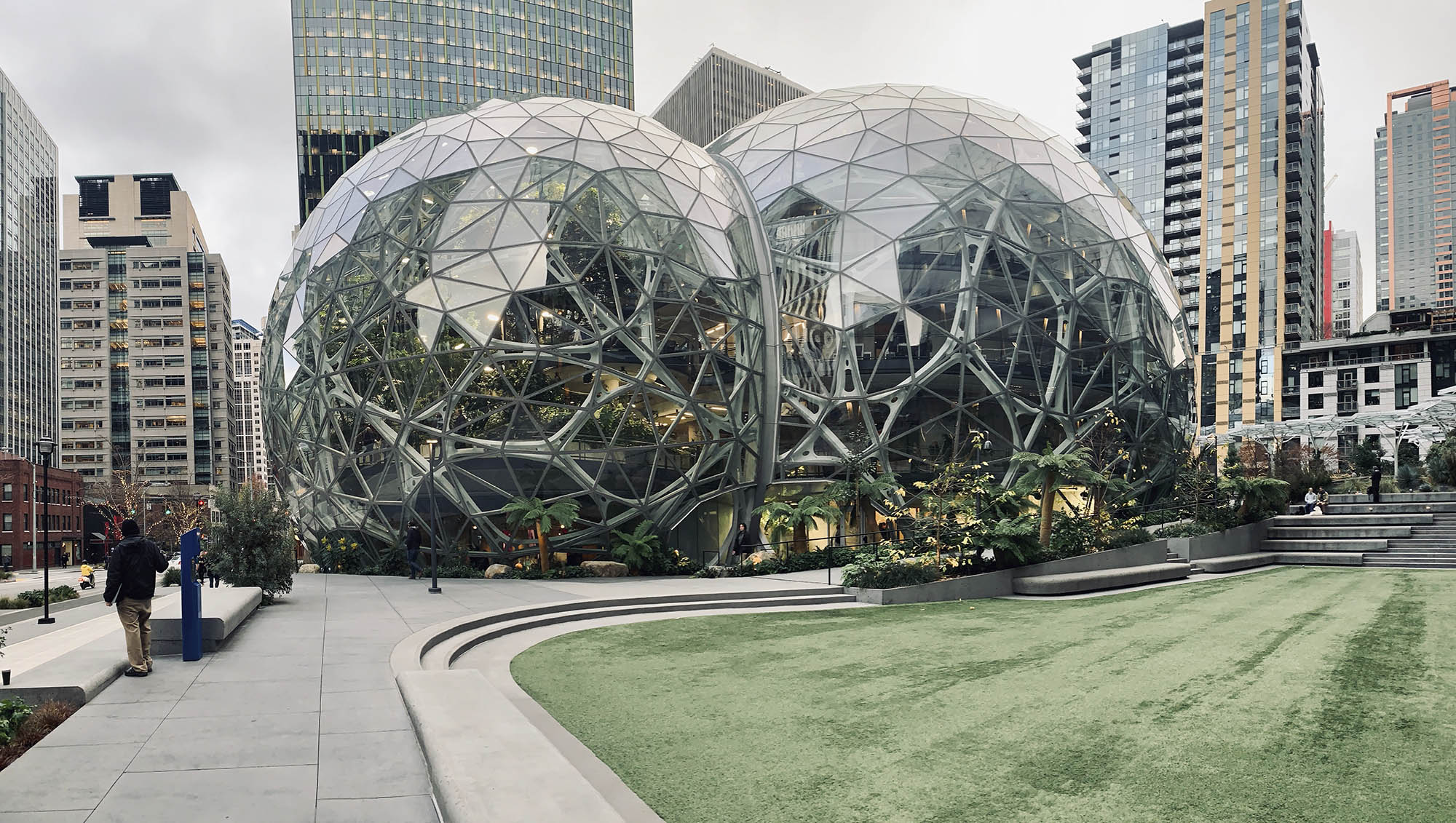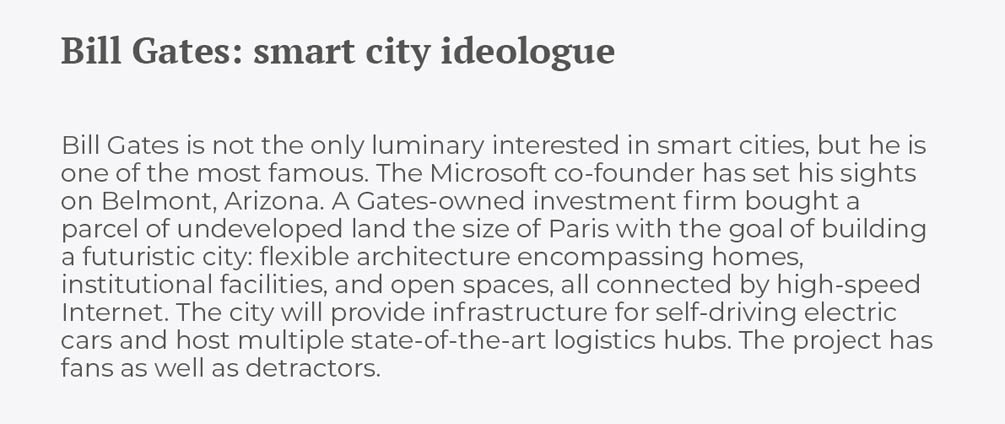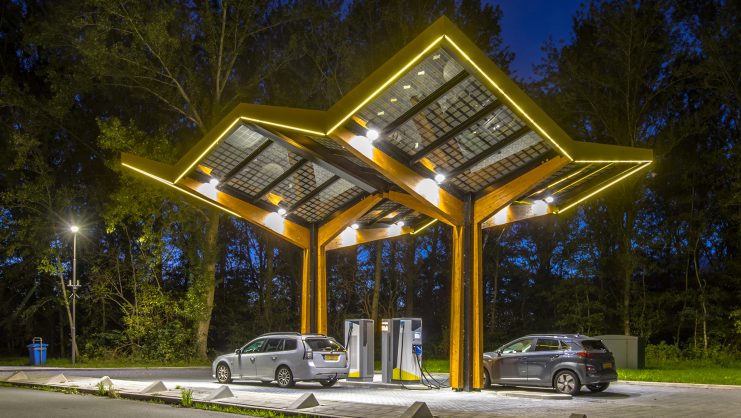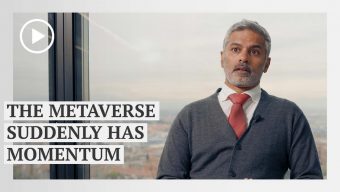In just over a century, the global population has shifted from the countryside to big cities, causing urbanization to accelerate. By 2050, the vast majority of the population will be city dwellers—especially in developing countries—and the average global life expectancy will be around 100 years.
These two factors, plus the growing integration of physical and virtual spaces, are giving rise to new urban models where the big names of the tech world—Google, Apple, Facebook, Amazon, and Microsoft (GAFAM); Tesla, Uber, Netflix, and Airbnb (TUNA); and Baidu, Alibaba, Tencent, and Xiaomi (BATX)—are starting to play a decisive role.
In the cities of the future, mobility will revolve around smart, efficient vehicles designed to meet inhabitants’ needs.
Technology in our everyday lives
The major tech firms are using artificial intelligence systems and advanced devices to analyze lifestyle habits in big cities. The goal is to understand the everyday routines of ordinary people: how they communicate, how they get around, what they do for fun, where they invest their savings, and even when they visit the doctor. With this information, the tech giants are well positioned to shape how citizens interact; indeed, they are already doing so in some places.
Samsung has shown how a tech firm can influence the design of a city—or even an entire country. In South Korea, lives literally begin and end with technology: you can be born in a Samsung-owned hospital, study at a university that uses Samsung technology, live in a home equipped with Samsung appliances, pay for things with Samsung systems, communicate via Samsung devices, and even be buried by a Samsung funeral home.
On the other side of the world, in the United States, much of life flows through Apple Stores. These Norman Foster–designed spaces have emerged as a new kind of public forum by actively promoting the sort of interaction once associated with the town square.
COVID-19
Interestingly, during COVID-19, these giants have increased their power. On the one hand, a number of governments have turned to tech giants to help manage the virus outbreak (contact tracing apps have been developed by Apple and Google for instance), and on the other hand, the average person has increased his/her daily consumption of work and play services through platforms such as Teams from Microsoft, Netflix, Amazon Prime… etc. and tech dependence.
Customized mobility
The tech giants are also getting involved in urban-transport solutions. While Alibaba works to improve the flow of traffic in Kuala Lumpur, companies like Uber have been laying the groundwork for self-driving cars.
In the cities of the future, mobility will revolve around smart, efficient vehicles designed to meet inhabitants’ needs. This new breed of automobile might even be embraced as a third space where people can work or perform other activities, leading to significant consequences for parking lots, service stations, and even architectural design.
The major tech firms are using artificial intelligence systems and advanced devices to analyze lifestyle habits in big cities.
Cities or laboratories?
In this reconfiguration of urban space, certain cities have emerged as techno-social laboratories. In these places, technology determines how people live. Seattle, once famous for Nirvana and grunge music, is now immersed in another transformation thanks to one of its most famous companies. Amazon uses Seattle’s residents and streets as a testing ground for its innovations. The city benefits handsomely from this arrangement, to the tune of $5 billion in investment and 50,000 jobs.
Given the economic benefits, you might think that any city would welcome the arrival of a giant like Amazon. But is this philosophy a good fit for every environment? Apparently not. In The Rise of the Creative Class, Richard Florida describes three key factors that contribute to a region’s economic development. First: tolerance—the degree to which a society is accepting and cohesive. Second: technology—the level of infrastructure and connectivity. Finally, and most obviously: talent. If a city does not strike the right balance between the elements of this powerful triad, initiatives can fail despite the backing of a tech giant. The most famous example may be New York’s failure to build consensus around its bid to host Amazon’s second headquarters (HQ2).
© IE Insights.












